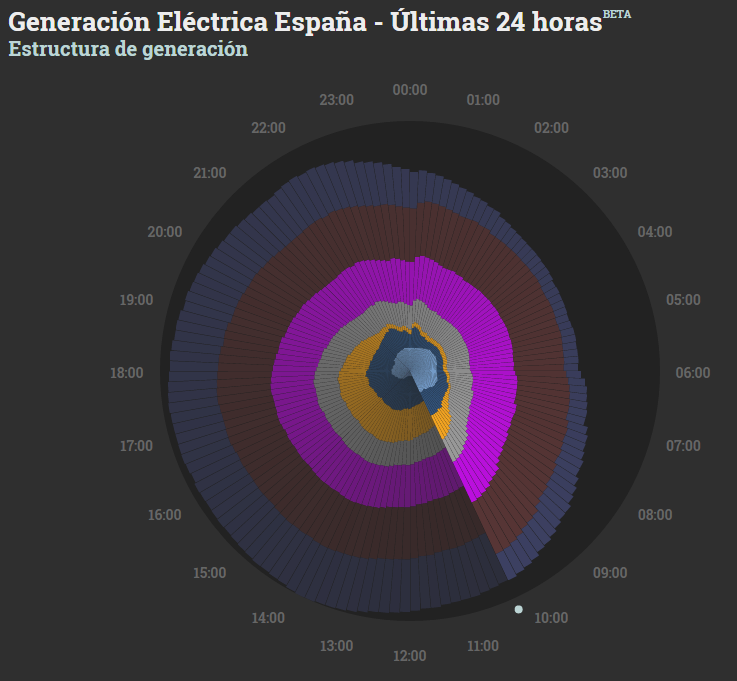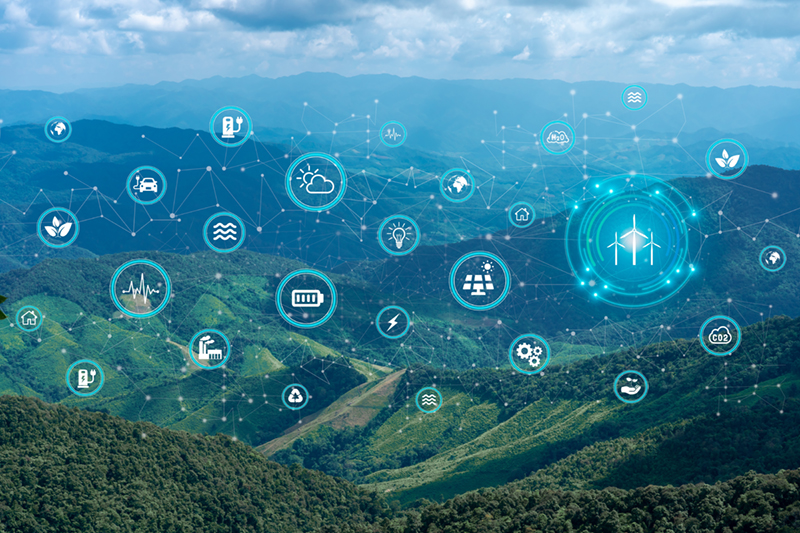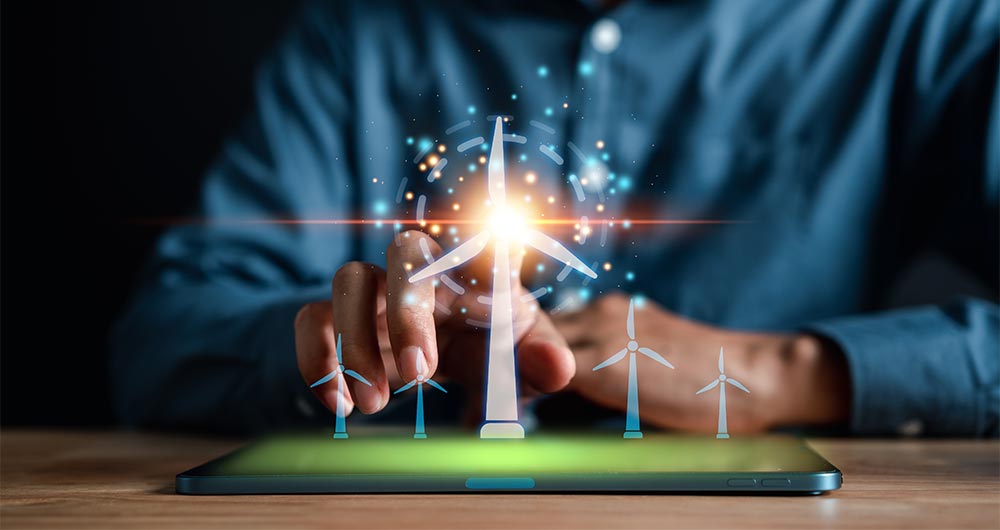
Aspects as relevant to our society as environmental sustainability, climate change mitigation or energy security have led to the energy transition taking on a very important role in the daily lives of nations, private and public organisations, and even in our daily lives as citizens of the world. The energy transition refers to the transformation of our energy production and consumption patterns towards less dependence on fossil fuels through low or zero carbon sources, such as renewable sources.
The measures needed to achieve a real transition are far-reaching and therefore complex. In this process, open data initiatives can contribute enormously by facilitating public awareness, improving the standardisation of metrics and mechanisms to measure the impact of measures taken to mitigate climate change globally, promoting the transparency of governments and companies in terms ofCO2emission reductions, or increasing the participation of citizens in the process citizen and scientific and scientific participation for the creation of new digital solutions, as well as the advancement of knowledge and innovation.
What initiatives are providing guidance?
The best way to understand how open data helps us to observe the effects of highCO2 emissions as well as the impact of different measures taken by all kinds of actors in favour of the energy transition is by looking at real examples.
The Energy Institute (IE), an organisation dedicated to accelerating the energy transition, publishes its annual World Energy Statistical Review, which in its latest version includes up to 80 datasets, some dating back as far as 1965, describing the behaviour of different energy sources as well as the use of key minerals in the transition to sustainability. Using its own online reporting tool to represent those variables we want to analyse, we can see how, despite the exponential growth of renewable energy generation in recent years (figure 1), there is still an increasing trend inCO2emissions (figure 2), although not as drastic as in the first decade of the 2000s.

Figure 1: Evolution of global renewable generation in TWh.
Source: Energy Institute Statistical Review 2023

Figure 2: Evolution of global CO2 emissions in MTCO2
Source: Energy Institute Statistical Review 2023
Another international energy transition driver that offers an interesting catalogue of data is the International Energy Agency (IEA). In this case we can find more than 70 data sets, not all of them open without subscription, which include both historical energy data and future projections in order to reach the Net Zero 2050targets. The following is an example of this data taken from their library of graphical displays, in particular the expected evolution of energy generation to reach the Net Zero targets in 2050. In Figure 3 we can examine how, in order to achieve these targets, two main simultaneous processes must occur: reducing the total annual energy demand and progressively moving to lowerCO2emitting generation sources.
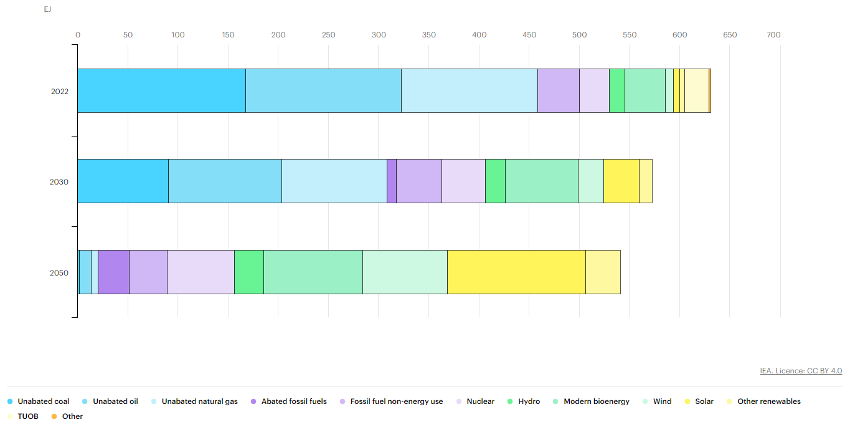
Figure 3: Energy generation 2020-2050 to achieve Net Zero emissions targets in Exajulios.
Source: IEA, Total energy supply by source in the Net Zero Scenario, 2022-2050, IEA, Paris, IEA. Licence: CC BY 4.0
To analyse in more detail how these two processes must happen in order to achieve the Net Zero objectives, IEA offers another very relevant visualisation (figure 4). In it, we can see how, in order to achieve the reduction of the total annual energy demand, it is necessary to make accelerated progress in the decade 2025-2035, thanks to measures such as electrification, technical improvements in the efficiency of energy systems or demand reduction. In this way, a reduction of close to 100EJs per year should be achieved by 2035, which should then be maintained throughout the rest of the period analysed. To try to understand the significance of these measures and taking as a reference the average electricity consumption of Spanish households, some 3,500kWh/year, the desired annual reduction would be equivalent to avoiding the consumption of some 7,937,000,000 households or, in other words, to avoiding in one year the electricity consumption that all Spanish households would consume for 418 years.
ith respect to the transition to lower emission sources, we can see in this figure how the expectation is that solar energy will be the leader in growth, ahead of wind energy, while unabated coal (energy from burning coal without usingCO2capture systems) is the source whose use is expected to be reduced the most.
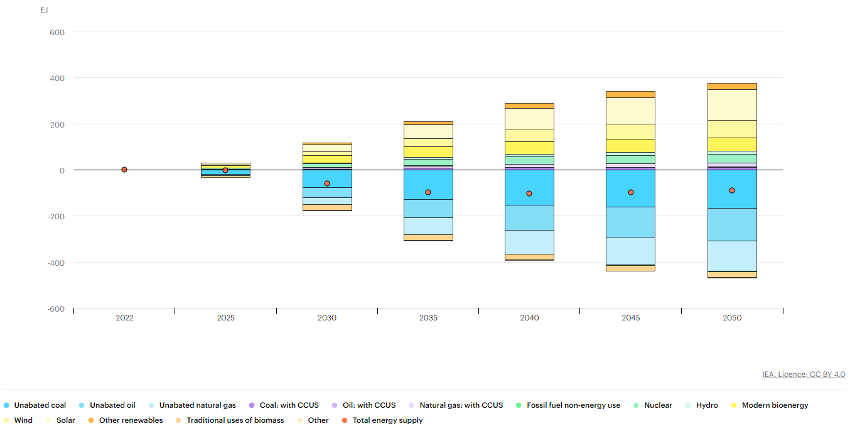
Figure 4: Changes in energy generation 2020-2050 to achieve Net Zero emissions targets in Exajulios.
Source: IEA, Changes in total energy supply by source in the Net Zero Scenario, 2022-2050, IEA, Paris, IEA. Licence: CC BY 4.0
Other interesting open data initiatives from an energy transition perspective are the catalogues of the European Commission (more than 1.5 million datasets) and of the Spanish Government through datos.gob.es (more than 70 thousand datasets). Both provide open datasets on topics such as environment, energy or transport.
In both portals, we can find a wide variety of information, such as energy consumption of cities and companies, authorised projects for the construction of renewable generation facilities or the evolution of hydrocarbon prices.
Finally, the REDatainitiative of Red Eléctrica Española (REE)offers a data area with a wide range of information related to the Spanish electricity system. Among others, information related to electricity generation, markets or the daily behaviour of the system.
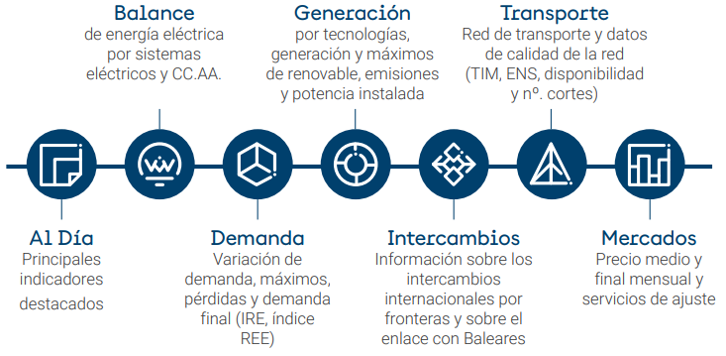
Figure 5: Sections of information provided from REData
Source: El sistema eléctrico: Guía de uso de REData, November 2022. Red Eléctrica Española.
The website also offers an interactive viewer for consulting and downloading data, as shown below for electricity generation, as well as a programmatic interface (API - Application Programming Interface) for consulting the data repository provided by this entity.

Figure 6: REE REData Platform
Source: https://www.ree.es/es/datos/aldia
What conclusions can we draw from this movement?
As we have been able to observe, the enormous concern about the energy transition has motivated multiple organisations of different types to make data openly available for analysis and use by other organisations and the general public. Entities as varied as the Energy Institute, the International Energy Agency, the European Commission, the Spanish Government and Red Eléctrica Española publish valuable information through their data portals in search of greater transparency and awareness.
In this short article we have been able to examine how these data have been of great help to better understand the historical evolution ofCO2emissions, the installed wind power capacity or the expectations of energy demand to reach the Net Zero targets. Open data is a very good tool to improve the understanding of the need and depth of the energy transition, as well as the progress of the measures that are progressively being taken by multiple entities around the world, and we expect to see an increasing number of initiatives along these lines.
Content prepared by Juan Benavente, senior industrial engineer and expert in technologies linked to the data economy. The contents and points of view reflected in this publication are the sole responsibility of the author.
